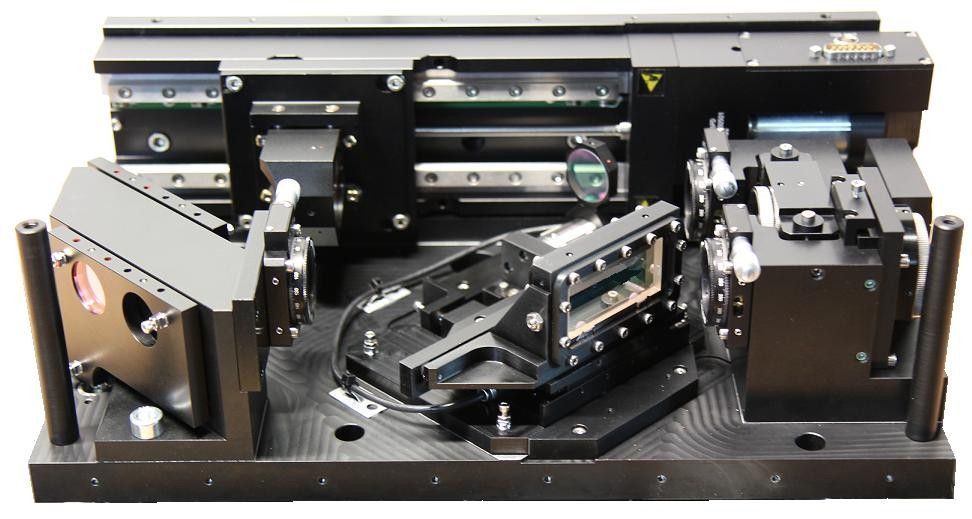PAGE CONTENTS
Objectives
The objectives of this project were to build up a breadboard of an optical beam delay system (BDS) compatible to the existing OGS on Tenerife and to investigate the inconsistencies of multi aperture up-link technique to ARTEMIS satellite seen in the past. Therefore a test campaign with several successful up-links was done after completion and integration of the BDS hardware. Main test objective was to evaluate if the multi-aperture fade mitigation technique in combination with different delay length (to get the individual beams temporally incoherent) is valid. Beside this additional test have been performed. Amongst others measurements of the tilt fluctuation, the Fried parameter r0 and scintillation effects.

Challenges
The key issue of this project was the investigation of the inconsistencies of multi aperture up-link technique to ARTEMIS satellite seen in the past.
Key issues with regard to the test results were the evaluation if the multi-aperture fade mitigation technique in combination with different delay lengths, to get the individual beams temporally incoherent, is valid.
Plan
Current Status
The development, integration and implementation of the Beam Delay System were accomplished in September 2012. Within the measurement campaigns in October 2012 and in April 2013 at OGS on Tenerife a successful characterization of the uplink and downlink from the ARTEMIS satellite was done. Subsequent analysis of the test results show that the objectives of the project have been reached.
The current status of the project can be stated with successfully finished.
Companies


